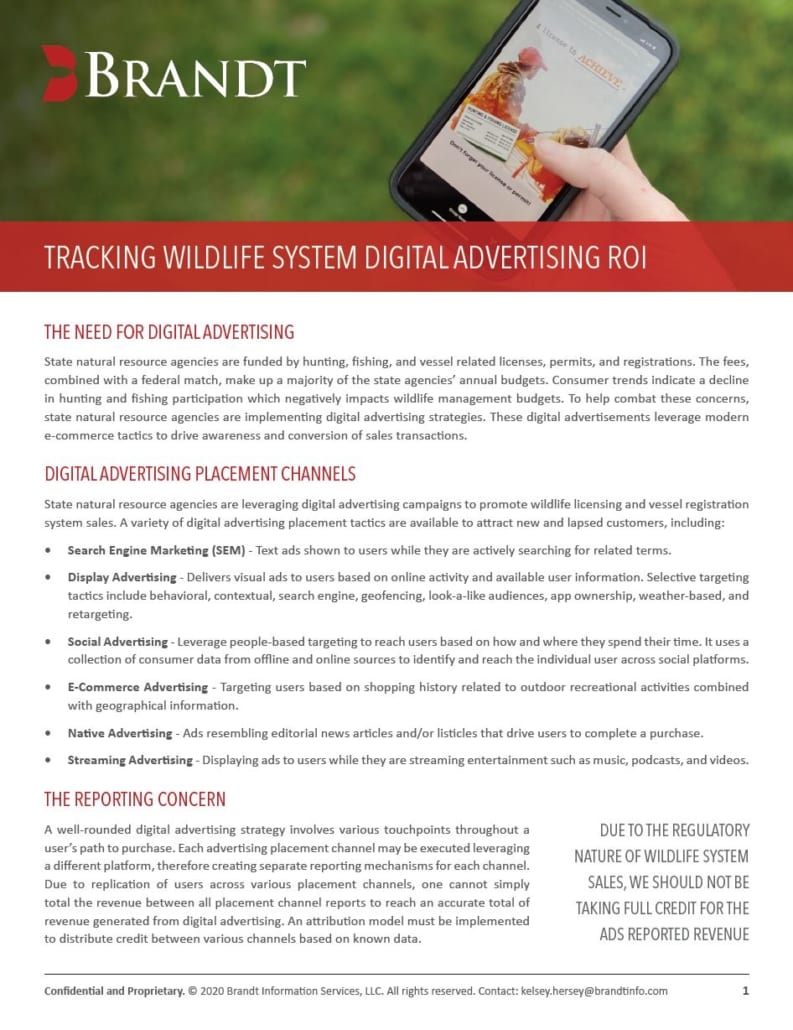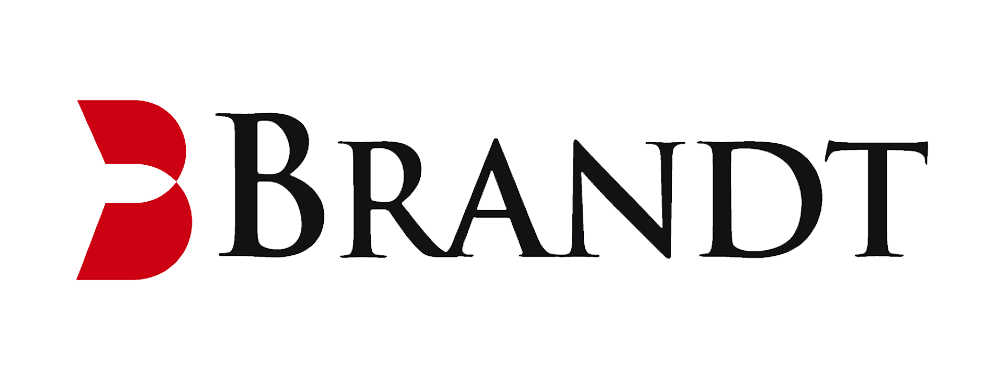How To Measure Marketing Incrementality in a Regulatory eCommerce Environment
Digital Advertising for Hunting & Fishing Licenses
State natural resource agencies are funded by hunting, fishing, and vessel related licenses, permits, and registrations. The fees, combined with a federal match, make up a majority of the state agencies’ annual budgets. Consumer trends indicate a decline in hunting and fishing participation which negatively impacts wildlife management budgets. To help combat these concerns, state natural resource agencies are implementing digital advertising strategies. These digital advertisements leverage modern e-commerce tactics to drive awareness and conversion of sales transactions.
Digital Advertising Placement Channels
State natural resource agencies are leveraging digital advertising campaigns to promote wildlife licensing and vessel registration system sales. A variety of digital advertising placement tactics are available to attract new and lapsed customers, including:
- Search Engine Marketing (SEM) – Text ads shown to users while they are actively searching for related terms.
- Display Advertising – Delivers visual ads to users based on online activity and available user information. Selective targeting tactics include behavioral, contextual, search engine, geofencing, look-a-like audiences, app ownership, weather-based, and retargeting.
- Social Advertising – Leverage people-based targeting to reach users based on how and where they spend their time. It uses a collection of consumer data from offline and online sources to identify and reach the individual user across social platforms.
- E-Commerce Advertising – Targeting users based on shopping history related to outdoor recreational activities combined with geographical information.
- Native Advertising – Ads resembling editorial news articles and/or listicles that drive users to complete a purchase.
- Streaming Advertising – Displaying ads to users while they are streaming entertainment such as music, podcasts, and videos.
The Reporting Concern
A well-rounded digital advertising strategy involves various touchpoints throughout a user’s path to purchase. Each advertising placement channel may be executed leveraging a different platform, therefore creating separate reporting mechanisms for each channel. Due to replication of users across various placement channels, one cannot simply total the revenue between all placement channel reports to reach an accurate total of revenue generated from digital advertising. An attribution model must be implemented to distribute credit between various channels based on known data.
DUE TO THE REGULATORY NATURE OF WILDLIFE SYSTEM SALES, WE SHOULD NOT BE TAKING FULL CREDIT FOR THE ADS REPORTED REVENUE FULL VALUE
Kelsey Hersey, Brandt Information Services
Sample Path to Conversion
A potential customer may see ads multiple times across platforms before resulting in a transaction:

Reporting Requirements
In order to implement a highly trackable digital advertising campaign, the following elements are required:
- A system that assigns a unique Order ID (Transaction ID) to each completed sales transaction.
- Google Analytics configured to pull in transactional data.
- Pixels placed to track site visitors and transaction completions.
- UTM tags on advertising links to track click-through traffic and revenue.
De-Duplicating Revenue Across Placement Channels
When generating revenue reports from advertising platforms…





